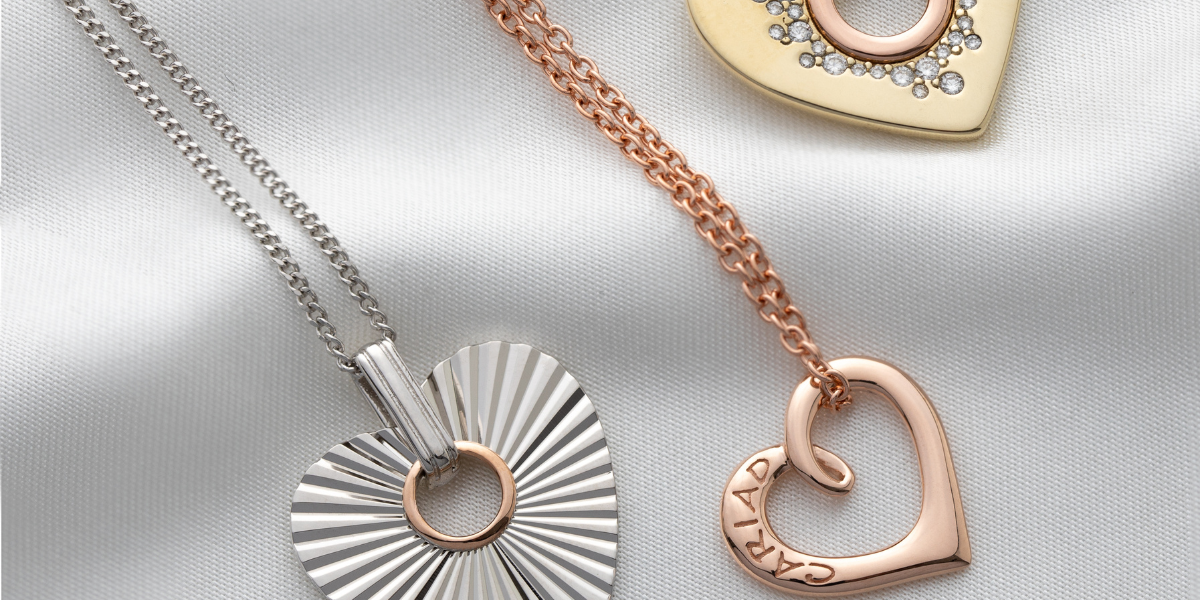Team Thrift
Thrifting has taken the world by storm, following the rise of “Y2K” fashion trends among Gen Z — and for good reason. It’s sustainable, cheap and accessible to virtually everyone.
Students’ favorite thrift stores surrounding Gonzaga University include Goodwill, The Arc, Value Village and Global Neighborhood Thrift. These are all businesses that salvage donated clothing to be re-worn by new owners.
While thrift stores are mind-blowingly cheap, full of endless options and often support the local community, vintage shops are the opposite. At these types of boutiques, second-hand clothing is sifted and sorted to produce what the curators personally deem as worthy. Then, prices are hiked up to the point where each piece of clothing could be considered an investment for the average college student.
While this may benefit a small group of people, it is largely unhelpful to the movement that thrifting represents. At its core, thrifting should represent the recycling and reusing of clothing. This is something that benefits not only low-income consumers, but also the earth in general. With clothing being the No. 1 pollutant in landfills around the world, the act of thrifting should be encouraged by low prices and accessibility, rather than discouraged by the gate-keeping mechanism adopted by self-serving vintage stores.
While all stores are ultimately businesses that need to make money, traditional thrift stores uphold the values of thrifting by appealing to the greater public and benefiting the local community. For example, Goodwill hires people who may have various barriers to employment, Global Neighborhood hires refugees and The Arc hires people with developmental and intellectual disabilities. So, for people looking to help the environment, help their marginalized community members and gain stylish clothing for a low cost, traditional thrift stores are the way to go.
Lily Johnson is a staff writer.
Team Vintage
Vintage clothing is having a moment. Then again, it’s always been having a moment and it will continue to do so because the value of vintage clothing is in its timelessness. There is a difference between vintage shopping and thrifting, although it’s easy to confuse the two.
Both are essentially the practice of buying pre-owned clothing, but anyone who does either knows they’re not the same. Thrift stores sell all sorts of pre-owned goods on the cheap and cater to a lower income demographic. Vintage stores, on the other hand, sell a curated collection of decidedly valuable and high quality items to those discerning enough to seek out unique items with timeless style.
Vintage shops are often locally-owned and operated and have been parts of the community for years. Many thrift stores, meanwhile, are owned by large corporations that masquerade as charities, claiming to cater to and provide jobs for the less fortunate, while collecting a hefty profit off of those they claim to help.
While more expensive than thrifting, buying from vintage outlets not only supports local business but preserves the quality thrifted items for those who can’t afford better.
And not just any old junk will show up in a vintage store; the items they sell are curated to fit a certain quality aesthetic. Thrift stores take donations of just about anything and there’s no guarantee of quality or even authenticity in a thrift store find. A vintage gem — though perhaps more expensive — is sure to be of significant quality, especially if it’s held up long enough to still have value despite its age.
Buying vintage is more than sustainable and fashionable — it’s downright cool. There’s no surer way to curate a unique style than shopping vintage and the local dens that specialize in vintage clothing can make sure you find exactly what you never knew you needed.
Sam Fedor is a staff writer.
Sam Fedor is a staff writer.








